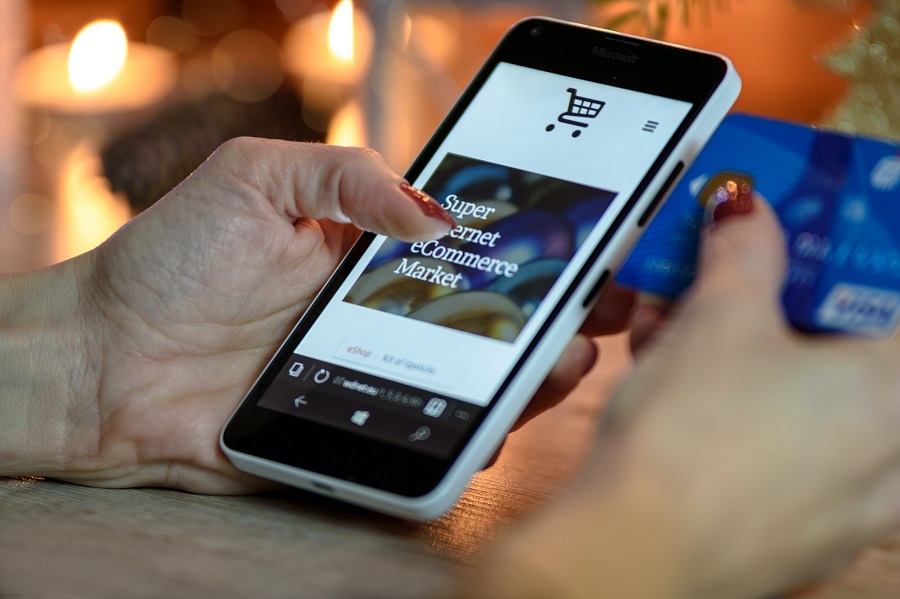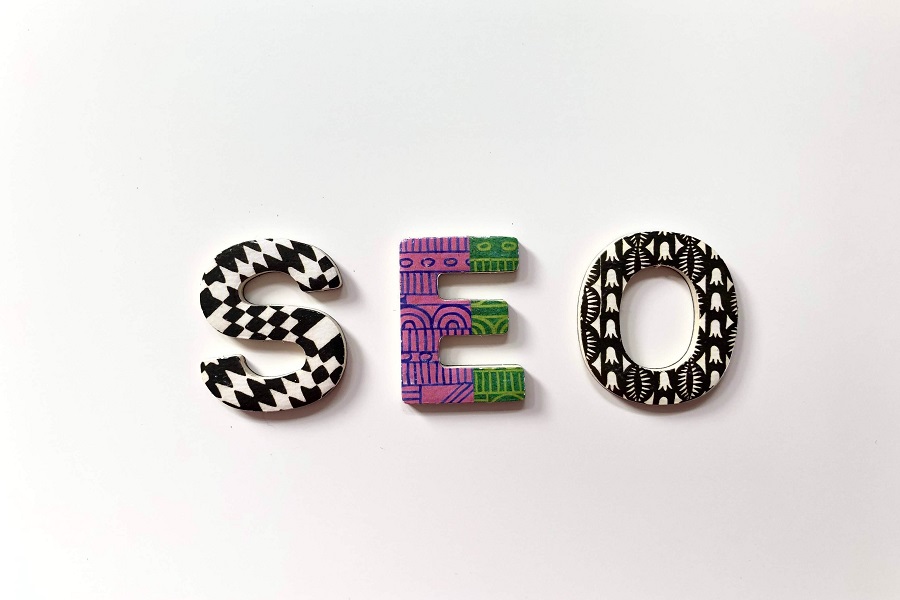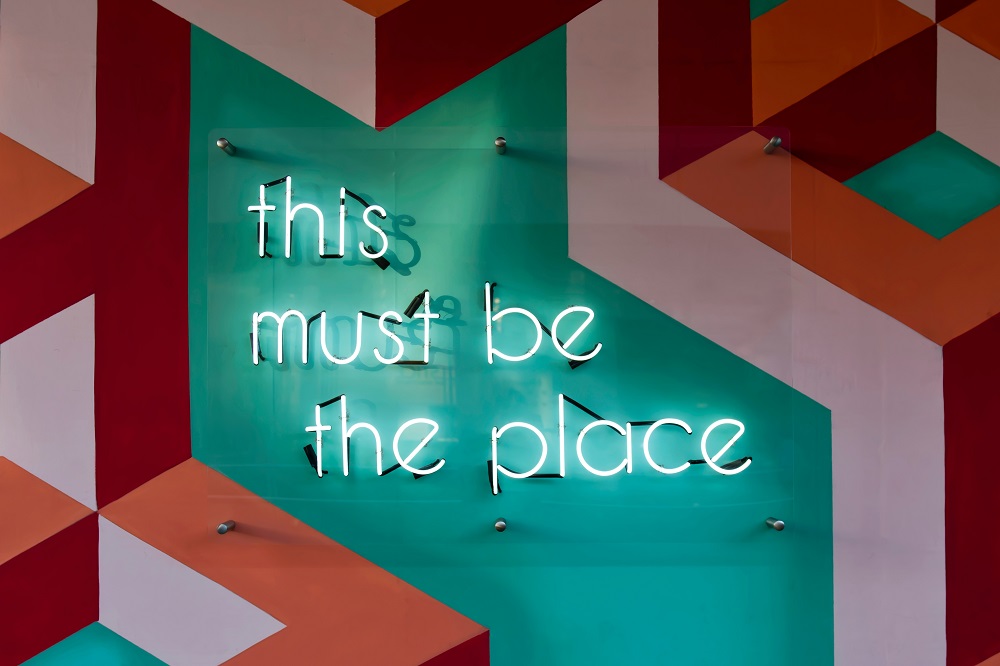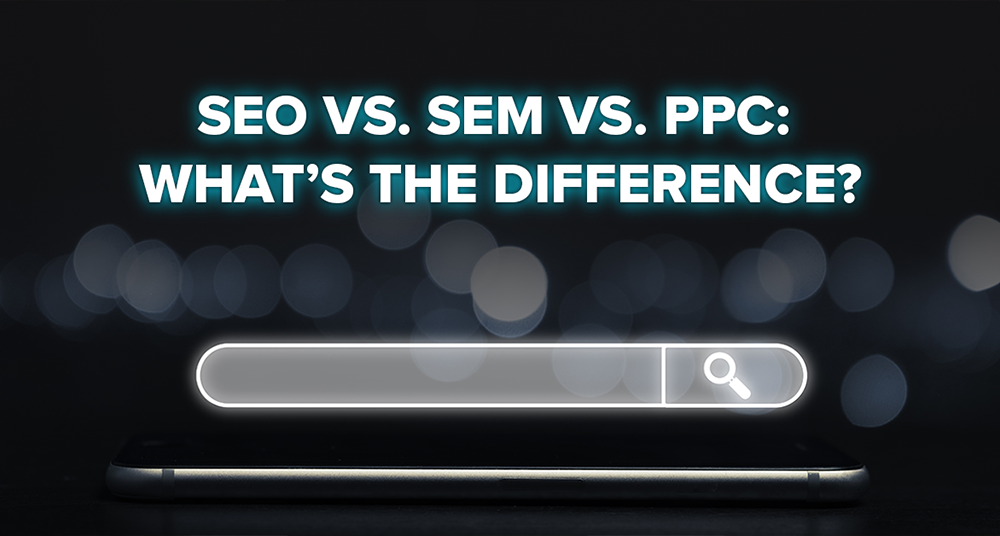So you have a business and you created a website. It was going well for a bit but you’ve noticed that traffic seems to be slightly stagnant. Although you may think you have taken all the necessary steps you still wonder “Are there any more tricks on how to make my website popular?”
Short answer: yes.
There are plenty of ways you can boost website traffic and make your website more popular, and many of them are free.
To start off, if you’re new to this, we need to get one thing out of the way.
What is website traffic?
Website traffic is a metric that refers to the number of visitors to a website. Traffic is typically measured by visits, also known as sessions, and it is used to measure how effective you are at attracting a new audience and potential customers. Sessions are usually measured by calculating visits to the website across a fixed time period, for example, over the course of one week, one month, etc.
Other ways in which we can measure website traffic is by purchase percentage, channels where your visitors came from (such as organic search, social media, or e-mail) as well as bounce rate.

Purchase percentage is important for businesses that sell their products or services online, as this indicates how effective the website is in attracting people to make a purchase.
The bounce rate indicates how many of the visitors left the website after only looking at one page, and this number should be as low as possible.
The basics
Starting with the basics, here are a few simple ways in which you can increase traffic and make your website popular.
The responsive web design
Using responsive web design is very important because it will enable your website to be viewed using different types of devices or browsers. Websites that use responsive web design enable users to view them from smartphones, tablets, desktops, without compromising the content and structure. Read our blog for more tips on web design and its key elements.

The visuals effect
This might sound obvious, but curating a website that has a strong visual appeal will really make a difference. Starting with your front page, think about the design of the logo, the name, the font, and the positioning of the top menu.
Avoid oversized logos and make the top menu stand out, but keep it clean so that it doesn’t clutter the front page.
Think about what image you pick for the front page of your website, too. This is like the “Welcome” doormat for your customers, it’s the first thing they see and it must represent your business in the best way.
Krista Neher, who is a marketing industry expert, says that humans can process image content 60,000 times quicker than written content!
Use high-quality images
As we mentioned in the previous paragraph, users are very image-driven. And while you might be able to get away with stock images or footage for some content, you must remember that those images will also be used by other websites. If your budget allows it hire a good photographer, especially if your business is online retail.

Be unique
Even though it’s very difficult to stand out online with millions of web pages, that doesn’t mean you should have a generic-looking page. Just like the images, creating a custom logo and a professional header will really set your website apart.
Keep written content shorter
Whether you’re writing a product description, a how-to manual, or a blog, it is important to not go overboard. Today’s average consumer has a shorter attention span, so if your customer has to read a full page about a product you’re selling they’re very likely to bounce.
Pay attention to details during the demo stage
Although fixable, it is still important to make sure your website is ready to run before it goes live.
Use the demo stage to fully inspect all the details, for example, if you’re an online retailer, make sure you have clear titles on your products, images, detailed product description, shipping information, pricing, taxes, return policy, etc.
Put yourself in a position where you are the customer, think of all questions a customer might ask – and answer them!

Websites should be user friendly
When it comes to web design, a key element is to keep it simple, not just visually but also in terms of navigation. Keep in mind that your call to action or order page needs to be easy to find, as most customers will not bother to scroll through pages to figure out how to make a purchase.
Optimize with On-Page SEO
Great content is extremely important and it can really attract more audience, but this means nothing if they can’t find your website online. This is where On-Page SEO comes to play and it makes a world of a difference. The simplest way to optimize your page is to use plug-ins like All-in-One SEO Pack, Slim SEO, Ultimate SEO, or Yoast.
Some key technical factors that help with the optimization are:
- using shorter URLs with no symbols, but which contain the keywords and the main topic;
- including the target keyword in your title tags;
- keyword density – make sure to include the keyword in the first paragraph, and throughout the text to make sure your content can be found easier;
- don’t forget internal links – keep your website visitors more engaged by offering them more content;
- keep the website up to speed

Optimize your website using LSI
Apart from SEO, which is one of the main ways to drive traffic and make your website popular, you can now use LSI keywords to optimize your content.
LSI (Latent Semantic Indexing) keywords are words and phrases that directly relate to the target keyword you are using in certain content. For example, you’ve written a blog post about content marketing, and that is your target keyword. The LSI keywords for this would be something like, “SEO”, “content”, “optimization”, etc.
This helps Google “understand” what the page’s overall topic is about, and using these LSI keywords you can rank better on the search engine.
One way to figure out what LSI keywords to use in your content, simply try Google Autocomplete, to discover related LSI keywords.
The other way is to use tools that are specifically designed to generate LSI terms, such as LSIGraph or LSIKeywords.com.
What are some free ways I can make my website popular?
Create a stronger presence on social media
You’ve probably heard this so many times but repetition is indeed the mother of learning. Being very active on social media is one of the key strategies to implement in any marketing campaign. Social media platforms allow you to directly connect with followers and potential customers, which creates a stronger relationship between your brand and your audience, encouraging them to visit your website and learn more.

Write fun content
Just because you’re running a business doesn’t mean it has to be plain and boring. Quite the contrary, content should be interesting to the reader, so when you hire content writers let them know they should let their personality shine through while conveying a message.
Use LinkedIn to your advantage
LinkedIn may have been a platform where people were looking for jobs and connecting with professionals in the field, but it’s become so much more. The biggest professional social platform is very useful for posting content, which in turn increases your traffic.
Use E-mail marketing
Email marketing is a terrific method to attract visitors to your site or blog and advertise any special deals, but it also necessitates the creation of a mailing list. If you haven’t already, create a lead magnet and a sales funnel to start building a list of people to whom you can ultimately promote (not spam) your products or services.
Host a webinar
Free webinars are an excellent way to drive traffic to your website. With webinar solutions such as Demio, GoToWebinar, and others, you can automate your sales presentation. Use the opportunity to provide value to your audience while also referring them to your website and its content, as well as any special deals or sales you might have going on.

Paid ads to drive traffic
Paid ad campaigns will be more profitable in the near term than organic traffic, which is a longer-term venture.
All a company needs to do is start a sponsored ad campaign, and it will deliver targeted visitors to their website.
Although some technical expertise is necessary to get started, sponsored ad campaigns can be easier to manage because they require smaller staff and require a less long-term strategy.
Final thoughts
Regardless of whether you’re just getting started or you’ve been working on your website, there are always ways you can upgrade, update, refresh your website and drive more traffic. Whether you choose to implement some of the strategies that are free or decide to pay for advertising, keep in mind that it will take some time.
Regularly post on social media, create high-quality content, connect with peers on LinkedIn, and once you succeed you’ll be the one answering questions and sharing your own tips on “how to make my website popular”.


